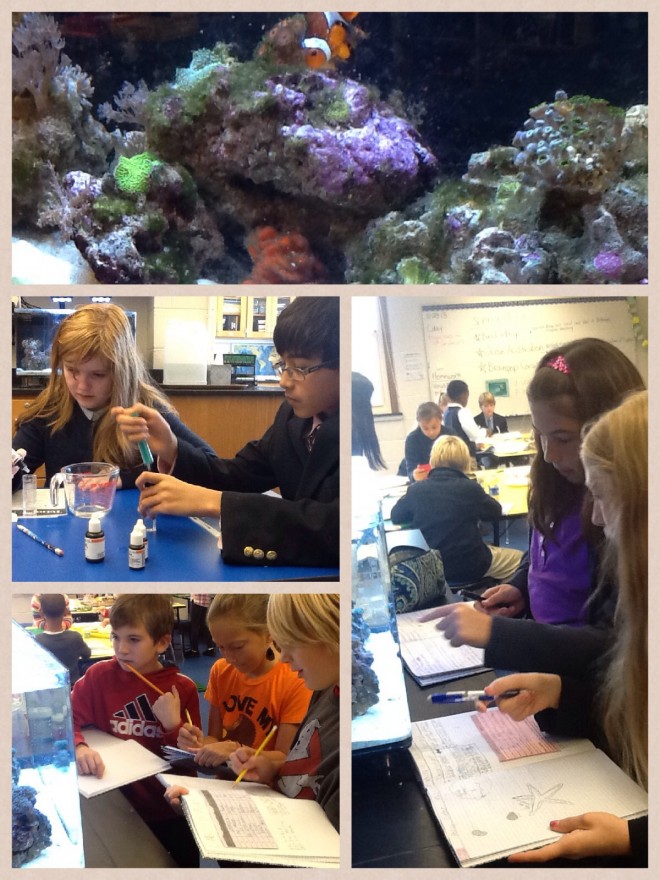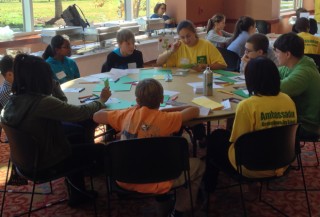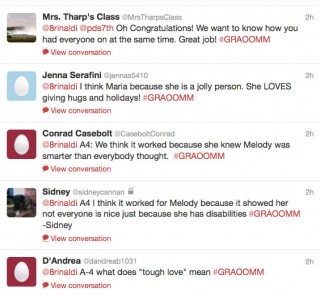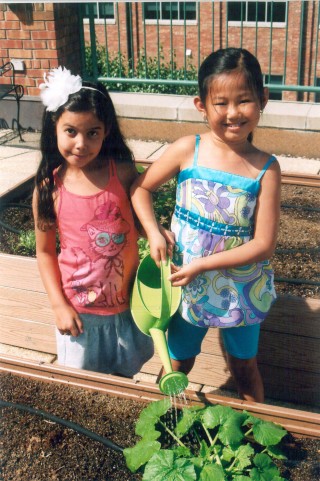I always think that one of the biggest benefits of working at an independent school is the autonomy that we get as teachers. When I moved into the fifth grade teaching position, I was encouraged to develop a focus on oceans. I had seen some great activities on ocean acidification and coral bleaching that I figured would define my coral reef unit. However, the main project was inspired after meeting a coral tank hobbyist at Back to School Night.
My goal was to set up and monitor a successful classroom model of a reef ecosystem. With my students only a few steps behind me in research, I figured that a starter list of the websites and links that I had found useful would help guide them through the information-rich web. Each class was divided into groups of three, and each student picked a role within that research group. One student was the engineer, and he/she reported on the tank specifications. The second student in the group researched different types of coral and fish. These biologists made recommendations for what organisms we should include in our tank. The third student investigated how to monitor the water quality and described the Nitrogen cycle and its impact on a small tank. Together, the students created a presentation to show how to set up and maintain a class coral tank.
By the end of the year, we had six types of coral and four fish flourishing in the tank. The students were responsible for maintaining the tank. They tested the water, replaced what had evaporated with fresh RO water, and fed the fish and coral. Small groups continued doing water changes and scrubbing the glass walls of the aquarium. The opportunity to learn together made me value the coral tank more than if I had set it up alone. Because the students helped pick out what was in the tank and were responsible for the maintenance, they were interested in all of the little changes we noticed over time. Even more importantly, they discovered the fragility of coral reefs first hand.



